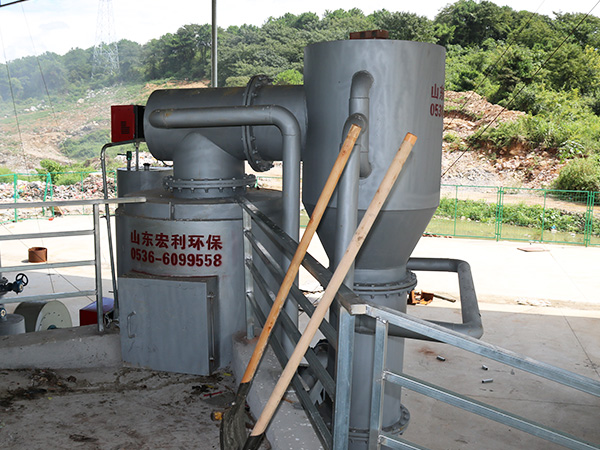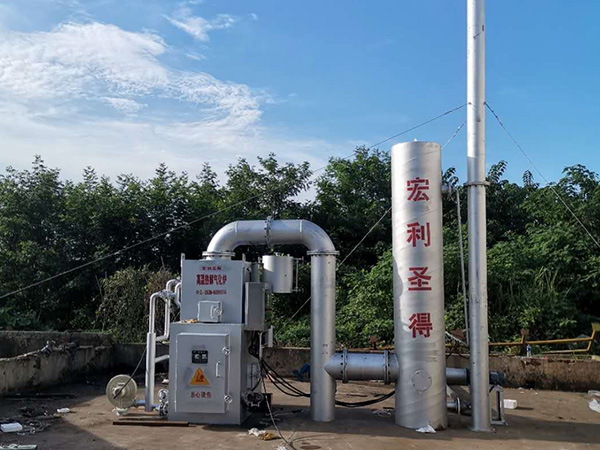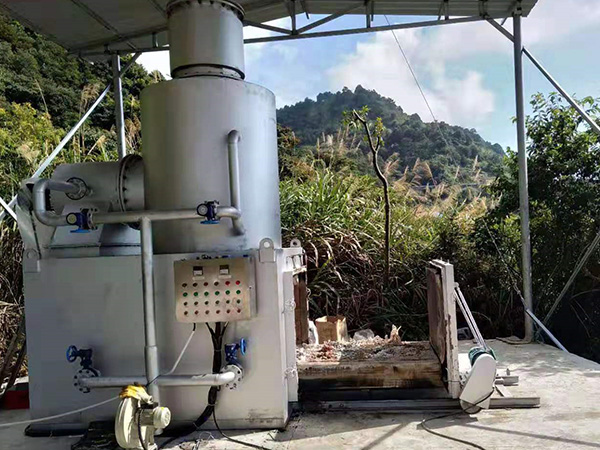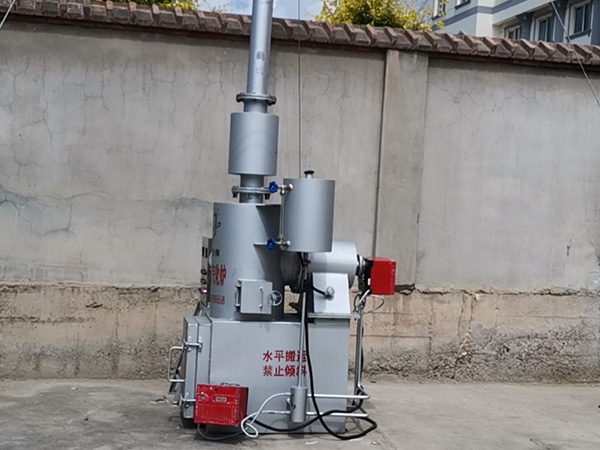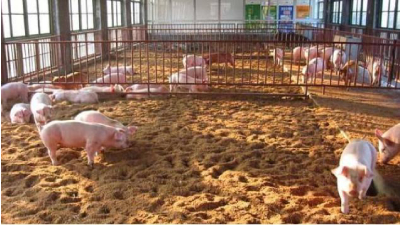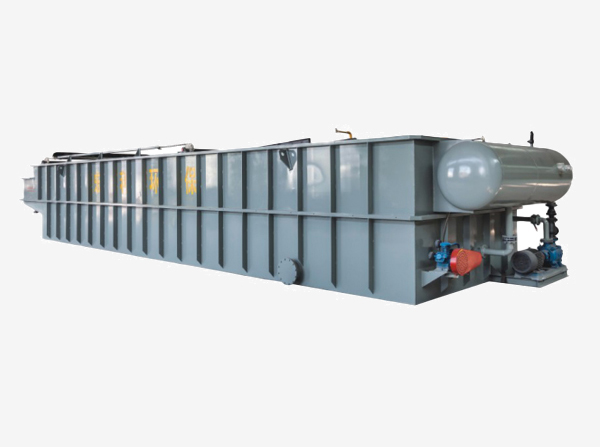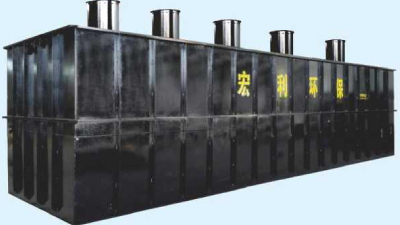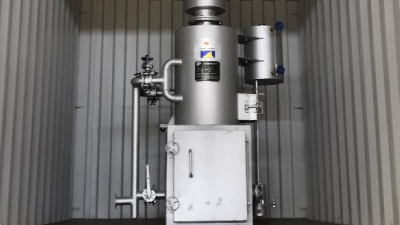Hazardous solid waste refers specifically to hazardous waste, which is flammable, corrosive, reactive, infectious, toxic, radioactive, etc., and is produced in various production enterprises with hazardous waste products. Common solid waste treatment methods mainly include incineration (or waste heat utilization), landfill and biochemical degradation. Among them, compared with other treatment methods, hazardous waste incinerator(learn more about our waste incinerators), can achieve better waste disposal, effectively reduce volume, and reduce secondary pollution.
1. Scope of equipment:
Various hazardous waste incineration ash, electroplating sludge and other heavy metal sludge, various waste catalysts (group metals, vanadium, molybdenum, etc.)
2. Process flow
The processing capacity of the small hazardous waste incinerator is 2t/d-100t/d, and the resistance type melting furnace is used.

The resistance melting furnace can directly convert electric energy into melting heat energy, so as to achieve high thermal efficiency. The thermal efficiency can reach about 70%. The raw materials put into the furnace form a covering layer on the slag, which can not only reduce the consumption of the refractory material of the furnace cover by reducing the radiant heat, but also fully preheat the raw materials and reduce the heat carried away by the exhaust gas. In the furnace, slag and metal are completely separated due to different specific gravity, which is convenient for extraction and recovery. The main products are vitreous slag and metal, both of which can be recycled.
More than 2t/h can continuously produce slag and run continuously for 24 hours. The exhaust gas emission of the furnace is small, and the miniaturization of the exhaust gas treatment equipment can be realized.
The solid waste is sent into the furnace by the conveying equipment, and the liquid waste is sprayed into the furnace through the atomization device. The waste completes the process of water evaporation, volatile precipitation, ignition and combustion in the furnace. The generated flue gas enters the secondary combustion chamber and is mixed with the secondary combustion air in the secondary combustion chamber to achieve complete combustion of the flue gas and achieve safe exhaust emission.
The characteristics of incinerators are wide adaptability to waste, easy operation and maintenance, and long service life. ?
3. Process advantages and characteristics
(1) This equipment can incinerate solid waste, liquid, colloid and gas at the same time, and has strong adaptability to incinerators;
2) The high temperature material contacts the refractory material, the replacement of the furnace lining is convenient and the cost is low
(3) The requirements for the shape and moisture content of the incinerator are not high;
(4) The residence time of up to 1 hour in the furnace and the high temperature of 700 ℃ make the hazardous waste basically burn out; the strong gas mixing in the secondary combustion chamber makes the incomplete combustion in the flue gas completely burn to reach the high temperature required for the decomposition of harmful components (1100℃), the residence time of flue gas in the high temperature area is 2 seconds; not only can the garbage be incinerated completely, but also avoid or reduce the working condition area that produces dioxin from the source;
(5) Good sealing measures and furnace negative pressure to ensure that harmful gases do not leak;
(6) The equipment operation rate is high, and the annual operation rate can generally reach 90%; the operation and maintenance are convenient;
(7) The furnace is equipped with a device for strengthening heat exchange and preventing slagging, which improves the incineration efficiency and expands the adaptability of the incinerator to waste;
(8) Combined with patented technology, the traditional secondary combustion chamber is transformed into a secondary combustion furnace, which improves the burnout rate of ash and slag and improves the incineration efficiency of the incinerator. Function.
(9) Reduction, recycling and harmlessness of hazardous waste after treatment. Ensure that the flue gas emissions after incineration meet the EU 2000 emission targets.
